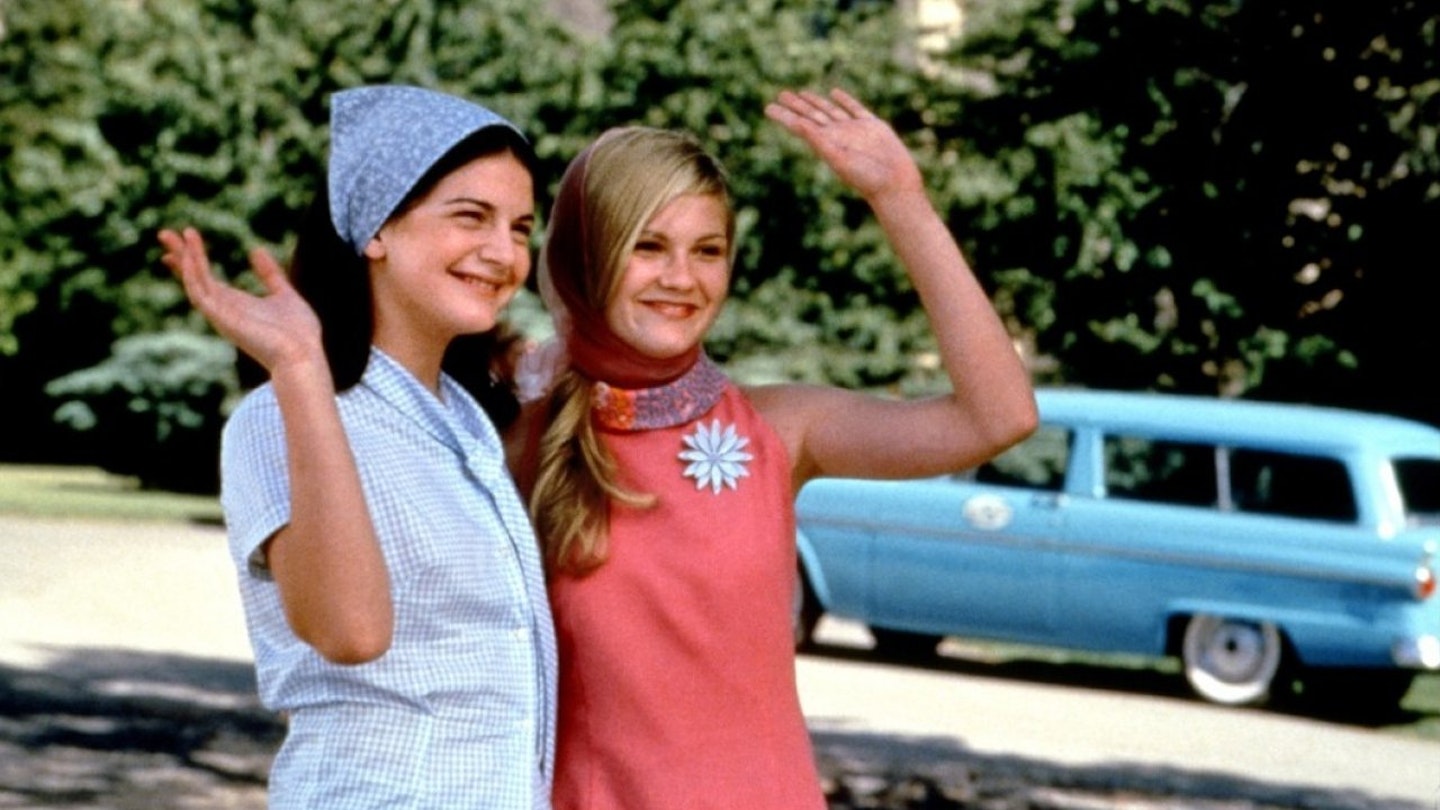Sergei Eisenstein’s first feature is stronger overall than his better-known second film, Battleship Potemkin, and indeed arguably his best picture – he would refine his filmmaking techniques, but they had their most impact at the beginning, before the rest of the movies caught up with (and surpassed) his innovations. As suggested by the archetypal title (not to be confused with the much later Comic Strip Presents … episode), the movie presents propaganda as mythology: whereas Potemkin dramatises a well-known incident, this – though elements are inspired by several actual strikes from 1912 – has a more fable-like feel, without an apparent specific setting or date.
The masses are just that, noble faces but not really characters, following an official edict discouraging veneration of any individual heroes of the revolution.
Eisenstein spends more time on the capitalist villains, who are presented as cartoonish grotesques: the overweight factory director in a top hat, with his hierarchy of gap-toothed, odd-looking minions, and a parade of police spies and agent provocateurs with animal nick-names (‘the Owl’, ‘the Fox’) who are intercut with nature footage and pull spaghetti-western-like faces to underline their double-dealing fiendishness.
It opens almost like a comedy, with capitalist buffoons who could make trouble for Charlie Chaplin or Buster Keaton, but it becomes grimmer and more rousing as it presents images of injustice and violence. The film climaxes with a sequence of slaughter that remains shocking, using abattoir footage of bloodily-killed animals to represent men murdered by rampaging horsemen – an approach evoked as late as the finale of Apocalypse Now.
The horrors resonate universally, and now look as much like an indictment of the Stalinist regime that backed the film as the Tsarist oppressors they had supplanted.
